This drawing shows what the interior of the Moon might be like.
Click on image for full size
The Crust & Inside of the Moon
The picture shows the moon's crust, about 60=150 km thick, followed by the lithosphere, shown in blue. The moon's lithosphere is the major portion of the interior, about 1000 km thick. The moon's core may be comprised of two zones, a "soft" partially molten zone and a solid iron zone, as shown in the picture. Moonquakes, as measured by instruments left behind by the Apollo astronauts, seem to take place between the outer core and the lithosphere.
The Moon's crust is a composed of a dusty outer
rock layer called a regolith. The term regolith refers to a rocky layer resembling concrete, which has been broken and blasted apart, then fused back together somehow. Like the Earth's crust, the Moon's crust seems to contain some magnetism. Both the crust and
regolith of the Moon are unevenly distributed over the entire
Moon. The crust ranges from 38 miles (60 km) on the
near side to 63 miles (100 km) on the far side. The
regolith varies from 10 to16 feet (3 to 5 meters) in
the maria to 33 to 66 feet (10 to 20 meters) in the
highlands.
The Lunar Prospector Mission expects to explore more about the crust of the Moon. The Gravity Experiment onboard the spacecraft will explore uneveness within the crust and permit a more accurate
calculation the
density of the lunar core. This is important
information for designing better future
lunar missions.
You might also be interested in:
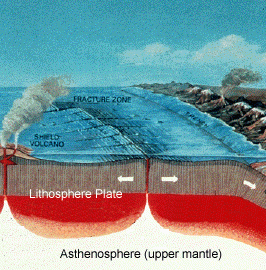
The crust is the upper layer of the Earth. Under the oceans it is only about 5 km thick while under the continents it can be up to 65 km thick. The plates that fit like puzzle pieces around the Earth
...more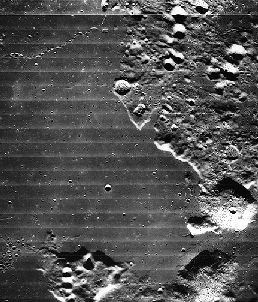
Looking up at the Moon, you can see that there are dark regions and light regions. With binoculars, you can even see that the dark regions are smooth compared to the light regions which have many craters.
...more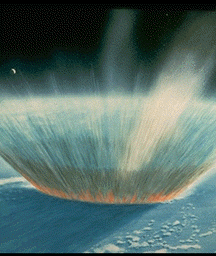
Currently, the theory that best explains all the evidence is the collisional ejection theory. This theory holds that the Moon formed from debris ejected from the Earth when a large object (possibly as
...more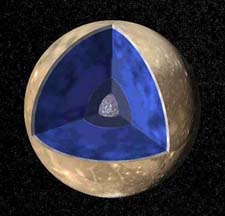
The picture shows the moon's crust, about 60=150 km thick, followed by the lithosphere, shown in blue. The moon's lithosphere is the major portion of the interior, about 1000 km thick. The moon's core
...more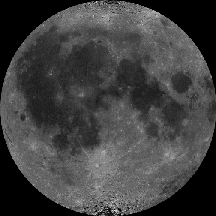
Radar images of the Moon's surface have suggested that water exists on the Moon. The images of the Moon's south pole region show a patch of ice about 16 feet thick. One theory suggests that the ice came
...more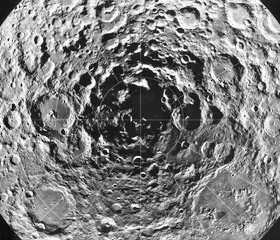
The North and South Pole of the Moon are interesting places. Some areas near the Moon's poles are almost always in sunlight. Other places near the poles are always in dark shadows. Earth is tilted on its
...more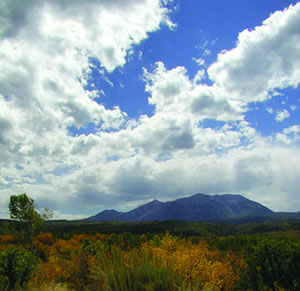
Clouds are the pretty white fluffs you see in the sky. They are made up of tiny water drops. Sometimes, if the wind is fast enough, you can even watch the clouds move. Clouds can come in all sizes and
...more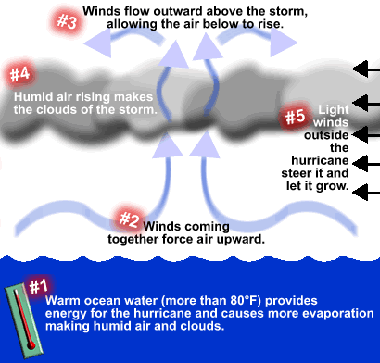
One in a while, a tropical thunderstorm grows and grows, becoming a giant hurricane. First the storm grows a little bit. It combines with other thunderstorms and they all spin around an area of low pressure.
...more














